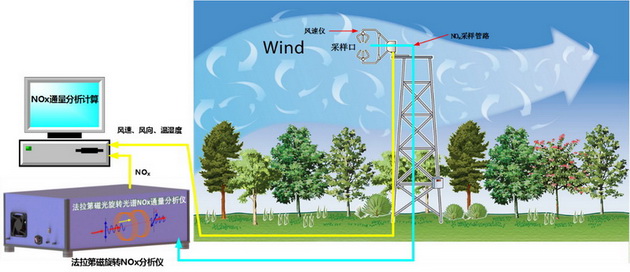We are pleased to confirm that two research proposals submitted by the researchers of the Institute of Applied Ecology (IAE) of the Chinese Academy of Sciences (CAS) has be approved to be funded by the CAS Scientific Instrument and Facility Development Program (SIFDP). One of the two proposals is the SIFDP Joint Research Project. It is the first time that IAE gets such project funded, marking that IAE has achieved new breakthroughs in scientific instrument and facility development projects.
The CAS Scientific Instrument and Facility Development Program (SIFDP) aims to improve the indigenous innovation capability of scientific facility development of CAS, promote the construction of technical support systems and talent teams of CAS, and advance the output of original S&T innovation achievements. The program is divided into four categories: separate research project, joint research project, continuous support project and youth talent project. In 2019, over 300 project proposals were submitted and about 70 of them will be funded.
The Description of Project 1: "The development of atmospheric NOx measurement based on Faraday magneto-optical rotation spectroscopy and the Eddy-Covariance Flux measurement system". (PI: FANG Yunting; the joint research project)
This project will be the first in the world to develop a NO and NO2 concentration analyzer based on Faraday magneto-optical rotation spectroscopy. The analyzer developed will be mounted on the LiDAR-tower network of the Qingyuan Forest Ecosystem Research Station of CAS. This project will clarify whether NOx is “source” or “sink” in temperate forest ecosystems, which has important scientific and practical significance.

The device is designed to achieve the following functions: in-situ 360-degree root scanning using a 360-degree rotating optocoupler; acquiring high-resolution color images of soil and root profiles; monitoring the whole processes of root growth, death and decomposition in the soil; the remote transmission of data and the real-time check of root turnover and decomposition at any time through a computer or a mobile phone.